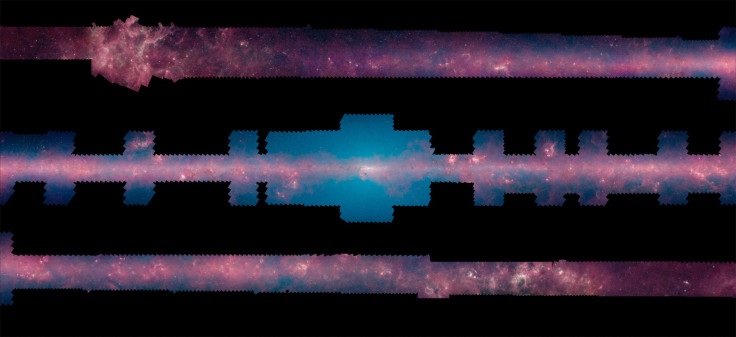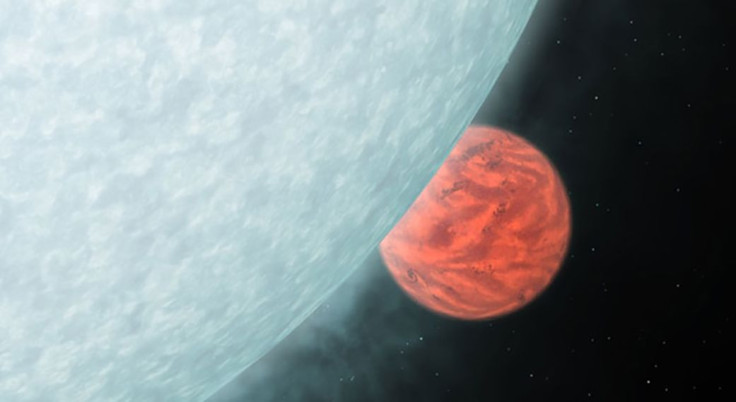15 Years Of Spitzer: NASA Celebrates Telescope’s Anniversary With Its Biggest Achievements

On Aug. 25, Spitzer Telescope, an observatory launched by NASA, completed 15 years in space, and the agency decided to celebrate the day with some of its biggest achievements.
Launched in 2003, Spitzer has been trailing Earth’s path in a solar orbit. The telescope’s original mission was slated to end in less than three years, but the observatory has surpassed that mark by a massive margin and is still going strong.
Over this incredibly long period, Spitzer not just captured some amazing cosmic shots, but also helped with some major discoveries. NASA has shared some of those Friday, reminding us of Spitzer’s amazing contribution toward a better understanding of the cosmos.
Earth-sized exoplanets in TRAPPIST-1 system
Last year, infrared observations from Spitzer led to the confirmed discovery of seven Earth-sized planets orbiting a star called TRAPPIST-1. The first three planets of the system sitting 40 light years away from Earth were discovered back in 2015 by another telescope, but 500 hours’ worth of observations from Spitzer found the original three were accompanied by four more worlds that were just as big as Earth. This made TRAPPIST-1 the biggest known batch of Earth-sized worlds.
"Big babies" In universe’s oldest galaxies

Light from space objects like a star or galaxy can take millions to billions of years to reach us. This means when we see them, we see what they would have looked like when the light started the journey. Spitzer telescope leveraged this as a way to look back in time and observe galaxies that came together as early as 13.4 billion years ago or just 400 million years after the birth of the universe.
However, things got interesting when it found "big babies" in the early universe. These were distinct galaxies that looked far more mature than scientists expected to see at such an early phase of the universe’s evolution. The finding changed the view that small galaxies came to be after the beginning of the universe and merged later to form the bigger ones.
Panorama of Milky Way’s plane

Back in 2013, astronomers combined more than 2 million infrared images from Spitzer Space Telescope to come with a panorama of Milky Way’s plane. The shot, produced as part of the GLIMPSE360 project, is one of the most extensive ever of our galaxy, which spans across 100,000 light years. It includes galactic center (second row), it’s outer region (last three rows), as well as nearly half of the total stars.
First direct exoplanet observation

Just two years after launching in space, Spitzer became the first telescope in the world to directly see an exoplanet. It observed infrared light from two hot Jupiters named HD 209458b and TrES-r1. The achievement marked a major breakthrough in understanding planets sitting beyond our own solar system as well as studying the possibility of life in different star systems.
Supermassive black holes in early universe

In 2010, observations from Spitzer revealed two of the oldest, not to mention most distant, supermassive black holes of the universe. The telescope detected light from the disk of gas and dust surrounding the black holes, named J0005-0006 and J0303-0019, and confirmed they are some of the earliest voids of the universe – quasars that formed around 13 billion years ago or nearly a billion years after the Big Bang.
As Spitzer continues its mission to observe parts of space, scientists hope to see more such as discoveries as well as some amazing cosmic shots. The complete catalog of images captured by the observatory can be accessed here.
© Copyright IBTimes 2024. All rights reserved.




















